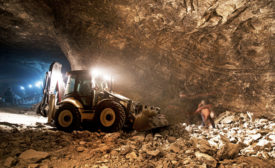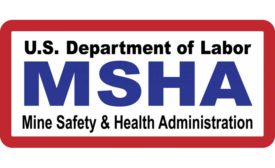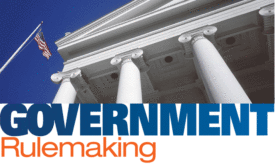Home » mining industry safety
Articles Tagged with ''mining industry safety''
Public health experts slam Trump administration's "anti-evidence policy"
“Now is not the time to silence science”
August 29, 2017
A Confined Space blog post
2018 Trump budget preview: OSHA gets cut, NIOSH gets disemboweled
May 19, 2017
Feds to issue final rule on working place examinations in metal, nonmetal mines
Will cover nearly 250K miners in U.S.
January 20, 2017
Become a Leader in Safety Culture
Build your knowledge with ISHN, covering key safety, health and industrial hygiene news, products, and trends.
JOIN TODAYCopyright ©2025. All Rights Reserved BNP Media.
Design, CMS, Hosting & Web Development :: ePublishing









